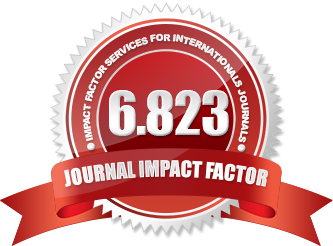Comparison of Combined Sentences (On the Example of Uzbek and Kazakh School Textbooks)
DOI:
https://doi.org/10.51699/pjcle.v9i.93Keywords:
sentence, compound sentence, connected conjunctions, followed conjunctions, conjunctions without conjunctions, conjunctions with conjunctions, conjunctions with oppositesAbstract
This article comparatively studies the terms related to conjunctions in the textbooks “Mother tongue” and “Kazakh language” published in Uzbek and Kazakh languages during the years of independence. It analyzes the relationship, similarities and differences between the terms of two sister languages belonging to the same family. In the formation of compound sentences in the Uzbek language, simple sentences in the compound sentence are equal conjunctions, and if the words are connected with the prepositions, -u (-yu), -da, salalas kurmalas shylaular). The specific features of the terms used to describe the connected compound sentence and its types are shown.






